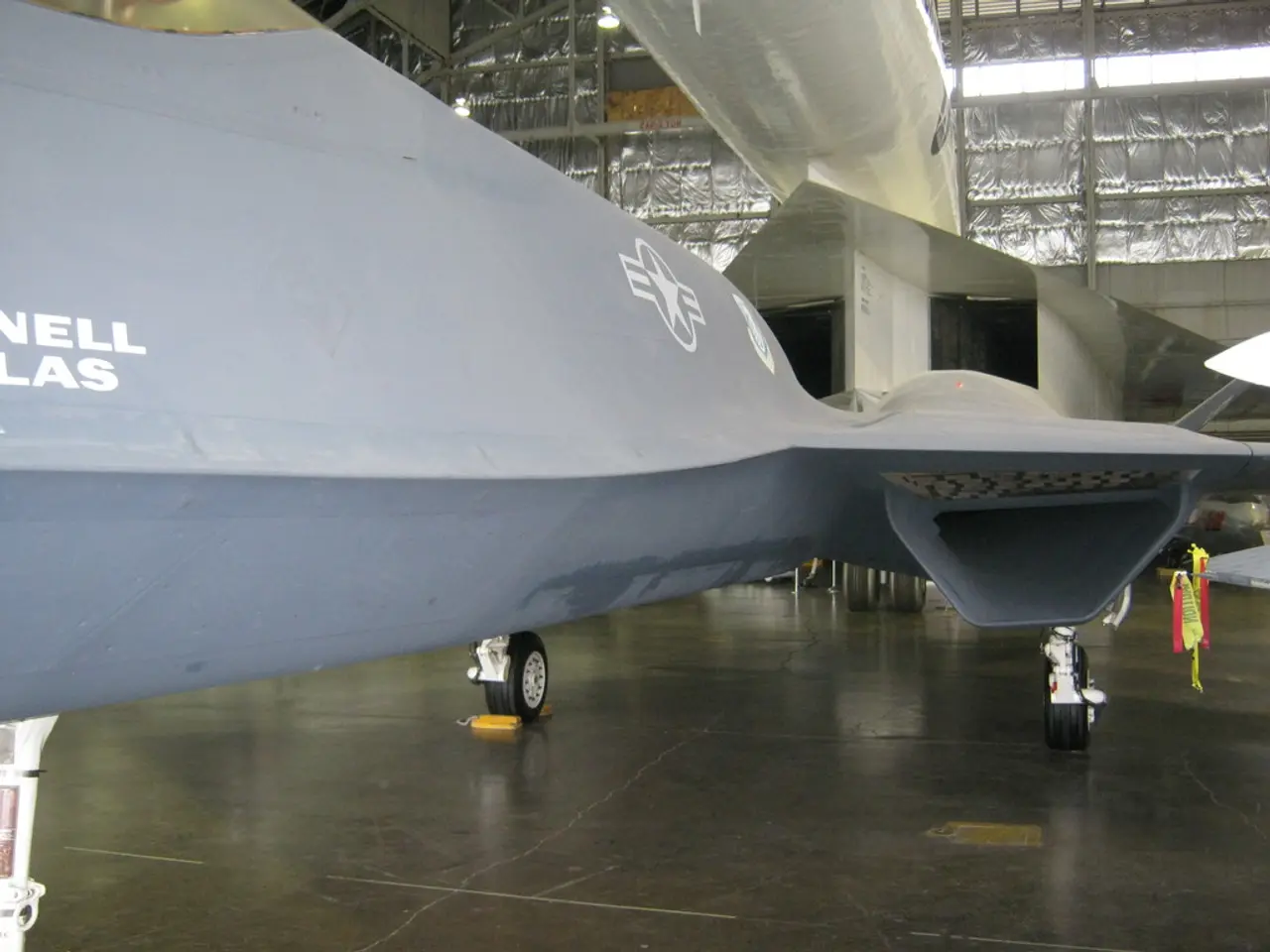Impact of American Tariffs on Airline Travel Movement
The aviation industry is navigating through a challenging period, as it continues to recover from the economic impact of the pandemic and confronts the effects of new trade tariffs.
European airlines are currently reaping the benefits of favourable fuel prices, which are 22% lower than last year, boosting their margins. This positive trend is expected to continue, with European airlines anticipating an average revenue growth of 10% for 2025. In contrast, US airlines are facing a more challenging landscape, with a projected growth of only 1% for the same period.
The shrinking home market and rising operating costs are major challenges for US airlines. The new trade tariffs introduced by the US are exacerbating these issues, causing both economic and tourism-related turbulence. Allianz Trade's analysis highlights the growing strain on the aviation industry due to these tariffs, particularly affecting the transatlantic connection.
Flight occupancy in and within the US has decreased significantly, dropping from 84% to 78%, due to the new tariffs. This decline is particularly noticeable among German and Spanish tourists, with decreases of 28% and 25% respectively. The tariff conflict is hitting the aviation industry at a critical time, as many airlines have only managed to receive 90% of their planned aircraft deliveries in 2024.
The rise in aircraft prices and production delays pose new challenges for the industry. Global orders for aircraft reached a record high of 17,000 in 2024, but projections suggest that aircraft could cost around 20% more by 2030.
Despite these challenges, the US, with a 23% share of global passenger traffic, remains one of the most important markets for aviation. However, the decline in US tourism has international implications, affecting not only the US but also other markets.
Dominik Lelle, a member of the online editorial team at AERO INTERNATIONAL since 2023, is a passionate traveler and uses his enthusiasm for aviation to vividly and diversely portray the world of flying for readers. Outside the editorial office, Lelle is always looking forward to discovering new horizons.
The EBITDA margin in Europe stands at 16%, compared to 11% in the US, indicating a more resilient financial position for European airlines. North American airlines are currently particularly burdened compared to their Asian and European competitors.
The decline in US travel demand is causing a dramatic decrease in flight occupancy, which is impacting the transatlantic connection negatively. The new tariffs are causing economic and tourism-related turbulence, with a 17% reduction in the number of European tourists in the US in March 2025 compared to the previous year.
As the industry continues to adapt and evolve, it is clear that the aviation sector will need to navigate these challenges to ensure a sustainable and prosperous future.
Read also:
- Highlighted Achiever at Scripps College: Alyssa Griffin
- Elderly care and heat protection: It's time for policy to step in when care becomes too hot
- NYC's top fall festivals: immerse in cinema, cuisine, autumn ambiance, and more diverse offerings
- Budget-conscious Traveler's Guide to Witnessing the Stunning Aurora Borealis




